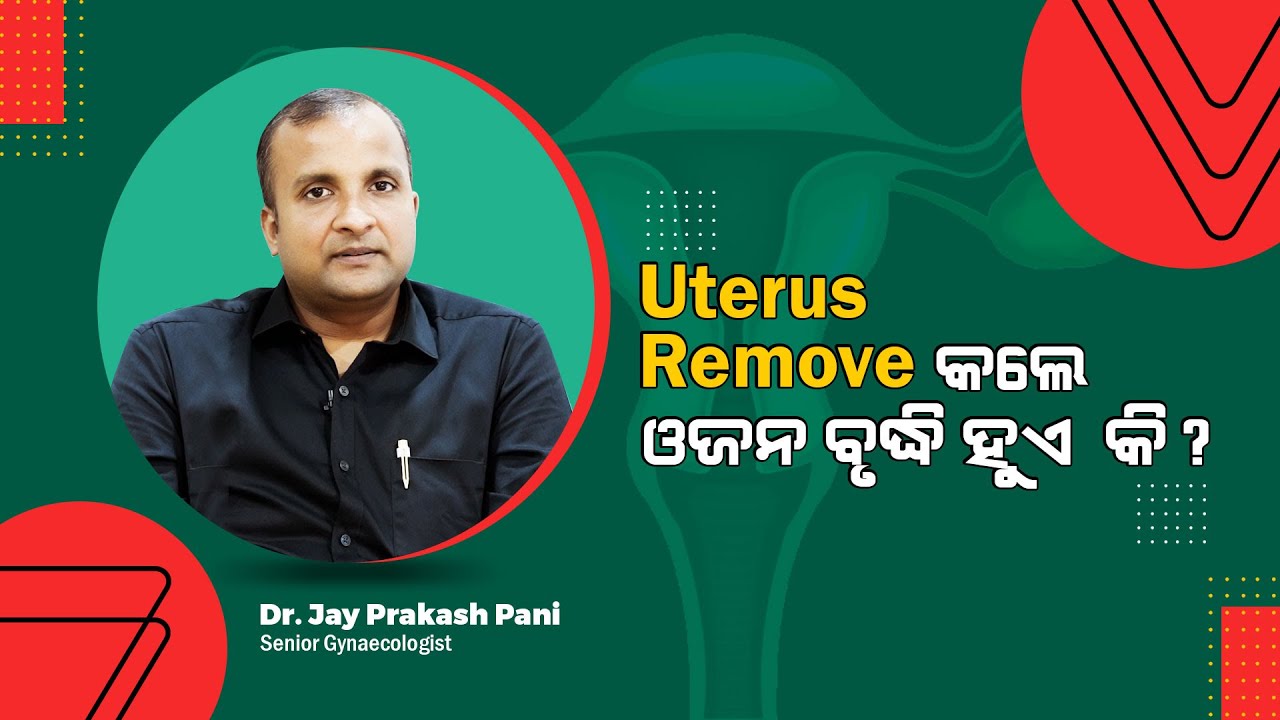Laparoscopy
It is a type of surgical procedure where small and narrow tubes are inserted into the abdomen through small incisions or holes. It is also called minimally invasive surgery or keyhole surgery. The camera is inserted into the abdomen through a 10mm port which can be seen on the monitor. Laparoscopy is used in many departments and it is highly recommended these days for genealogical procedures as well.
Gynecology laparoscopy is performed in –
- Hysterectomy- Procedure that includes removal of the uterus
- Myomectomy- It is a surgical procedure to remove fibroids
- Tumor removal
- Ovarian cyst removal
- Infertility- In infertility, it is used to study the tube patterns through hysteroscopy
Who needs it?
Laparoscopy is done on patients of different age groups according to their requirements-
- 15- 30 age- Ovarian cyst and fibroid removal is done mostly on girls 15- 30 years of age.
- 40-45 plus women- It is done to women of more than 40 and 45 years of age for hysterectomy or women who complain of excessive bleeding.
- Some initial cancer stages are also operated through this procedure.
Advantages
- Conventional surgeries used to have big incisions but now the same surgery is done through a small hole.
- Less blood loss. Maximum blood loss through this procedure is 5-10 ml.
- The patient gets discharged within 24 hours.
- Less pain or almost no pain.
- Early recovery
- Daycare hysterectomy is also possible within less time.
- Patients can do their own everyday routine work within 3-5 days.
- Sutureless or stitchless
- The patient has a feel-good factor
- No spinal anesthesia is required
Myths
- Myth: Because of the big size of the uterus, it can’t be removed completely through a small hole.
Truth- It comes out through a small vaginal opening.
Morcellator- It is an instrument that cuts the big masses into small chunks and brings out every unwanted mass.
- Myth: Recurrence will be there
Truth- No recurrence
- Bleeding more
- Weakness
- Back pain
- Obesity
It is an advanced procedure and a boon, which is helping patients a lot and patients can lead a normal life after a painless surgery.
Watch the video by Dr. Jay Praksh Pani



